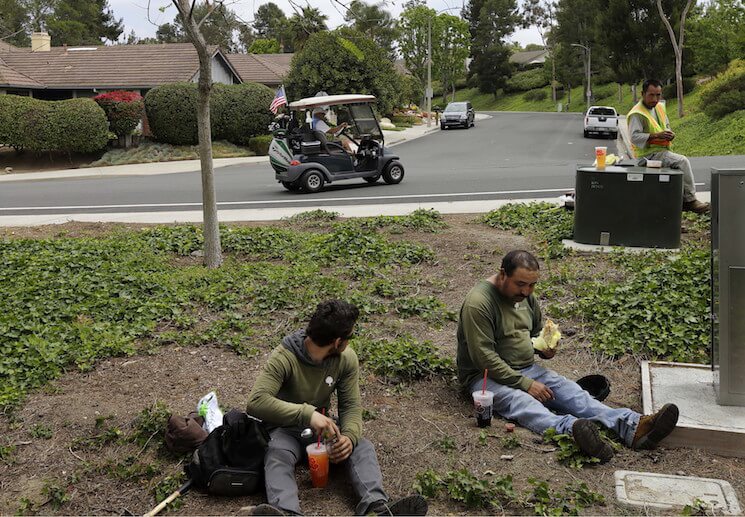Inequality of income, wealth, or consumption? How about all three?

When social scientists, policymakers, and pundits talk about inequality, it’s important to specify what kind inequality they are actually talking about. Most of them will be talking about income inequality, though others might be talking about wealth and occasionally an economist might interject to mention inequality of consumption. All of these inequality measures are important, but economic analyses tend to focus on one measure at a time due to data constraints. Yet data on income, wealth, and consumption can be compared and combined to give policymakers a better picture of economic inequality writ large. Two papers, funded in part by Equitable Growth and released today as working papers, provide just that kind of multidimensional view of inequality.
The two papers are part of an effort to see how the distributions of income, wealth, and consumption have shifted over the years. The first one is by Jonathan Fisher of Stanford University, David Johnson of the University of Michigan, Jonathan Latner of the University of Bremen, Timothy Smeeding of the University of Wisconsin, and Jeffrey Thompson of the Federal Reserve Board of Governors. The second one is by Fisher, Johnson, Smeeding and Thompson.
The first paper uses data from the Panel Study of Income Dynamics, a longitudinal study that allows researchers to track changes in the income, wealth, and consumption of households over time. It looks not only at inequality, but mobility as well. When it comes to inequality, the researchers find that inequality of all three variables has increased since 1999. The correlation between income, consumption, and wealth is high, but the correlation is not perfect. People with high income are very likely to have high levels of consumption and wealth, but that’s not necessarily always true. There is also movement within a lifetime along these measures, but as the graph below shows there is less relative movement for those at the top and the bottom of the distributions of these measures of inequality.
The second paper also uses Panel Study of Income Dynamics data but supplements it with data from the Federal Reserve’s Survey of Consumer Finances. Like the first paper, this effort also finds that inequality in income, wealth, and consumption has increased. But in this paper, the economists also look at inequality in what they call “two and three dimensions,” which analyzes the ways in which these different kinds of inequality interact with each other.
Think of their analysis this way: Inequality often gets measured by the share of income or consumption or wealth held by a fraction of the population such as the top 1 percent, the top 5 percent, the bottom 20 percent, and so on. The authors do that analysis and refer to it as inequality in one dimension. They then look at the “cross-shares” of inequality. For instance, they look at the share of consumption by households in the top 5 percent of the income distribution and compare that to the increase in the share of consumption by those in the top 5 percent of consumption. If the increase in the share of consumption by top earners is higher than the increase in the share for top consumers, then having a high income is now more correlated with having high consumption levels.
After conducting an analysis like this for all three measures and in three dimensions as well, the economists find that multi-dimensional inequality has increased faster than inequality in just one dimension. Those with high incomes are now more likely to have high levels of consumption and wealth and those with low income are more likely to have low consumption and wealth.
The authors note the important role of wealth in helping to ride out income shocks and smooth consumption. This might lead policymakers and social scientists alike to think a bit more about the role of wealth inequality in the economy over inequality of income or consumption. But of course, researchers should resist the urge to make one inequality rule them all, as the rest of the paper shows. A more detailed picture of multidimensional inequality would be quite useful.
